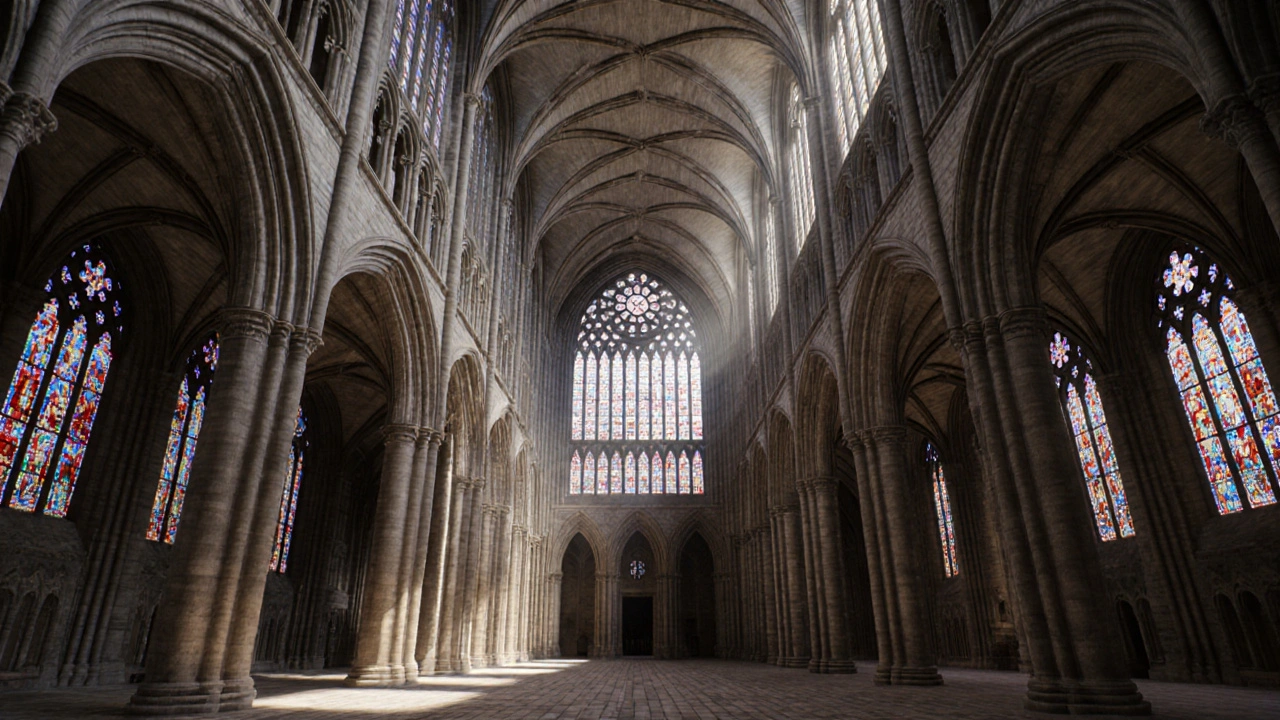Flying Buttresses: What They Are and Why They Define London’s Historic Buildings
When you look up at a centuries-old church in London, the tall walls and stained glass might steal your attention—but the flying buttresses, external arched supports that transfer weight from a building’s walls to distant piers. Also known as arched buttresses, they’re the hidden engineers behind the soaring height and light-filled interiors of Gothic cathedrals. Without them, those massive stone walls would buckle under their own weight. These structures didn’t just hold up buildings—they changed how people built them forever.
Flying buttresses are a key part of Gothic architecture, a style that emerged in 12th-century Europe and emphasized height, light, and intricate stonework. They allowed builders to replace thick, solid walls with thinner ones filled with stained glass, turning churches into glowing halls of color. In London, you’ll find them clinging to the sides of Westminster Abbey and the remains of old St. Paul’s Cathedral. They weren’t just decorative—they solved a real problem: how to build taller, lighter, and more open sacred spaces without collapse.
These supports also reveal how medieval builders thought like scientists. Each arch was carefully calculated to push force down into solid ground, away from the main walls. That’s why you often see them connected to massive stone piers—those are the anchors. The same principle shows up in modern engineering, just with steel and concrete instead of hand-carved stone. You don’t need to be an architect to appreciate them: walk around any old London church with flying buttresses, and you’ll see how they look like stone wings reaching out to hold the building steady.
They’re not just relics. Flying buttresses are proof that beauty and function can be the same thing. They’re the reason you can stand inside a cathedral and feel like you’re under a sky made of glass. And while London doesn’t have as many as Paris or Chartres, the ones it does have are some of the most important in England. You’ll find them in the oldest parts of the city, where stone met ambition and the skyline began to rise.
Below, you’ll find articles that explore the buildings they hold up, the history they carry, and the quiet genius behind their design—from the cathedrals that still stand to the ruins where their shadows remain.
